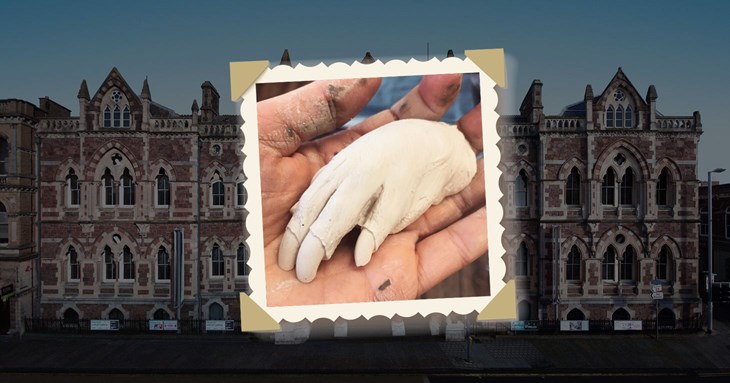Exeter’s Museum to receive beaver specimen from River Otter
Published: 18 May 2021

A young female beaver from Devon’s River Otter, who unfortunately passed away, is to be given a new lease of life at Exeter City Council’s Royal Albert Memorial Museum and Art Gallery (RAMM).
The surprise arrival of beavers on the River Otter in 2013 caused quite a stir. In 2015, in the midst of public campaigns against their removal, Devon Wildlife Trust began a trial to investigate the effects of a wild-living population of beavers on the river. The Trust have since released a small number of beavers in order to increase genetic diversity, and in April 2019 they released a young female, originally from Scotland’s River Tay. Sadly, her body was recovered from near the mouth of estuary three days after her release.
Acknowledging the important educational and scientific opportunity the beaver presented, Devon Wildlife Trust agreed to allow RAMM to acquire her for the collection. Having been stored at -30ᵒC for two years, she is now due to become a museum exhibit presented as both a taxidermy and a skeletal mount.
The taxidermy mount will be prepared by Jazmine Miles-Long, an ethical taxidermist and natural history restorer based in Hastings. Jazmine only works with animals that have died from natural causes. The Natural History Museum, Bristol City Museum, the Wellcome Trust and many other prestigious galleries and museums are among her clients. In 2016 Jazmine prepared a sora rail for RAMM’s collection followed by a yellow-browed warbler in 2019, both rare visitors to the UK.
Jazmine said: “I’ve been very excited to work on this project for over two years since RAMM’s curator Holly Morgenroth first started to plan for it and find the funding. I’ve now started the work on the beaver; the first stage is to take plaster casts to use as reference to make sure my work will be as true to life as possible. Once I have finished cleaning and preserving the skin I will start to build a sculpture of the beaver’s muscular structure, called a ‘form’. I can then sculpt the preserved skin on top.
The eyes will be created using Acrylic plastic and the teeth and claws will be cast in resin - the originals will be sent to the skeleton perpetrator Jon Nott who will be preparing the beaver’s skeleton to go alongside the taxidermy. Working with a beaver born in the UK is a wonderful privilege for me.”
The beaver’s skeleton will be mounted by Jon Nott, who builds osteological specimens for clients such as Kings College Museum of Life Sciences, and Brighton’s Booth Museum. Both the taxidermy and skeleton mount will be displayed together at RAMM. Funding for the project is being provided through a grant from the Natural Sciences Collections Association (NatSCA) and the Friends of RAMM.
RAMM’s Natural Sciences Curator Holly Morgenroth said: “The acquisition of this specimen is under sad circumstances but is a very rare opportunity for contemporary collecting in response to local and national events. We’re grateful to NatSCA and the Friends for funding this important project. The beaver will be displayed later this year in our iconic Courtyard Wall – a space at the heart of the museum, and will help us tell the story of the reintroduction through real specimens.
It will allow our visitors to see a beaver up close, and discover for themselves how beavers are uniquely adapted to their environment. We also want to help show people how modern taxidermy mounts are created, and hope to do this through a short film of Jazmine’s taxidermy process.”
Mark Elliott from Devon Wildlife Trust managed the River Otter Beaver Trial. Mark said:
“Because beavers have been absent for Britain for hundreds of years, we have forgotten so much about this species, and what it means to live alongside it once again. The sad loss of one of the River Otter beavers is presenting a great opportunity for it to be an ambassador for its species, and enable people to get up close and see this remarkable animal first hand. The thick fatty tail, orange teeth and dense fur are particularly fascinating to examine carefully.”
In August 2020 DEFRA ruled that families of beavers on the River Otter are permitted to remain there. This is a landmark decision and one of the most important moments in England's conservation history. Thanks to the support of NatSCA and Devon Wildlife Trust, RAMM will be able to share the story of the first ever reintroduction of an extinct native mammal to England.
